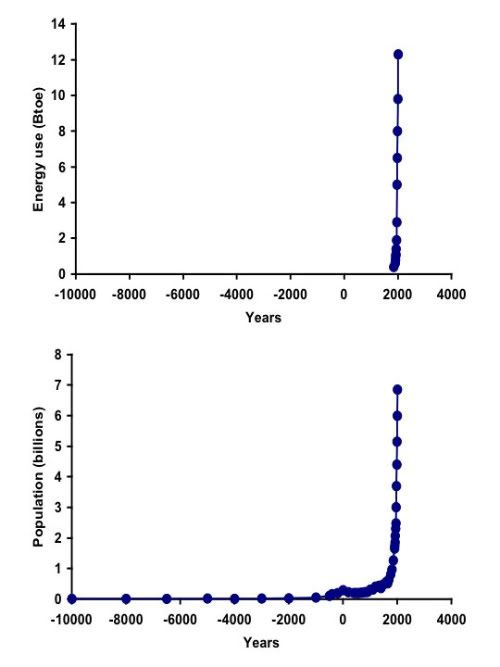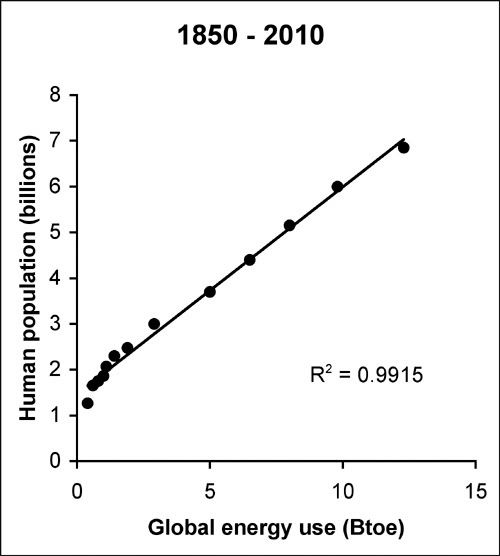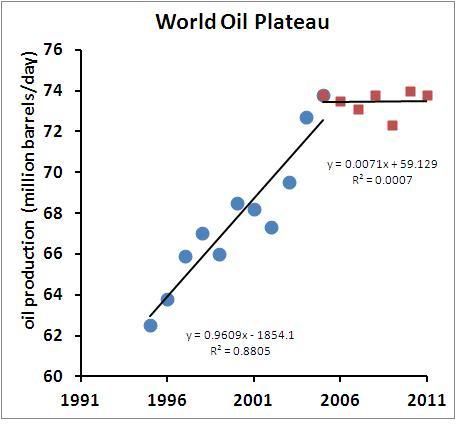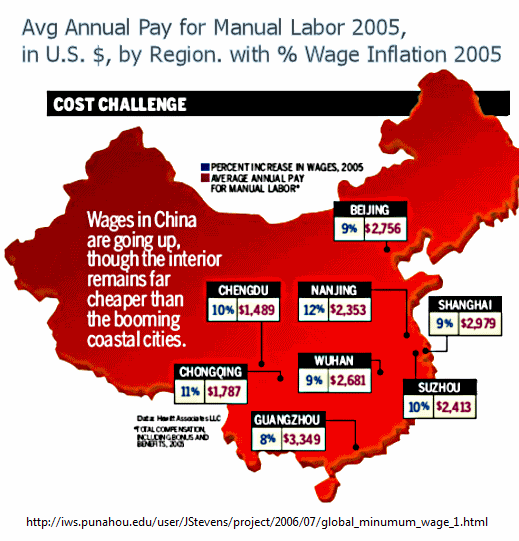So, to my mind, here’s where we get down to the nitty gritty of animal intelligence. Reflexes. Built-in, hard-core reflexes. You might think of them as the prototypical, monosynaptic “knee-jerk”, in which the doctor lightly hammers the tendon below your kneecap, which stretches specific muscular stretch receptors, which send a signal to the spine and back to “stiffen up,” mainly for automatic postural purposes outside of your cognitive grasp. Hence the leg kick, outside of your normal cognitive grasp. The knee-jerk reflex is simply a way for you to keep upright without your having to think about it, an unexpected load occurs on one side, boom, you’re good.
Now, there are reflexes, and there are reflexes, depending on your definition, the knee-jerk being a fairly low-level event. Then there are locomotor reflexes, involving multiple oscillators, for example, that aid walking, as opposed to just standing upright, even though both levels are integrated. Within this level are neuronal circuits controlling ambles, trots, gallops, etc., whether in horse or turtle or man. So-called “fictive locomotion” studies, wherein neuronal recordings from dismembered turtles on ice are made, demonstrate this.
Then the coordination of reflexes occurs at the level of “fixed action pattern,” or what others preferred to call “modal action patterns,” because while reliable, the exact order of behavior is not engraved in stone. Classic examples from Tinbergen and Lorenz include seagull egg-rolling-toward-the-nest and following behavior when, e.g., neonatal ducklings imprint upon any available moving object, even if that object is no more endearing than a dangling and moving tennis shoe, as if it were a parental device.
Next up in the hierarchy of reflexes from Tinbergen et al is Timberlake’s Behavior System, which is really a mash-up of Tinbergen and Pavlov, even tho’ Joe Steinmetz, one of the great bunny eye-blink researchers of all time, and a great chairperson, said with some admiration in his eyes that Timberlake was a “maverick.” Ho, ho, ho, Joe. I love you, but he’s only a maverick to you strict Pavlovians. Not to me.
In Timberlake’s system of reflexes, animals gravitate toward their central topics of needs: Feeding, Flying, Fucking, Orientation/Migration, etc., and evocation of a system, Feeding, Parenting, Defense, e.g., results in some semi-orderly evocation of motivational states that orchestrate subsequent behavior sub-routines of reflexes, such as, food handling and ingestion, focal search for food, and more global searches.
I studied the next level of reflex, what I now provisionally call the global action pattern, one reflex that functions over not instances, or minutes, or hours, but days. And nothing will do but an example to describe it.
But this following description, I believe, goes a long way toward describing Monsieur Greer’s point.





